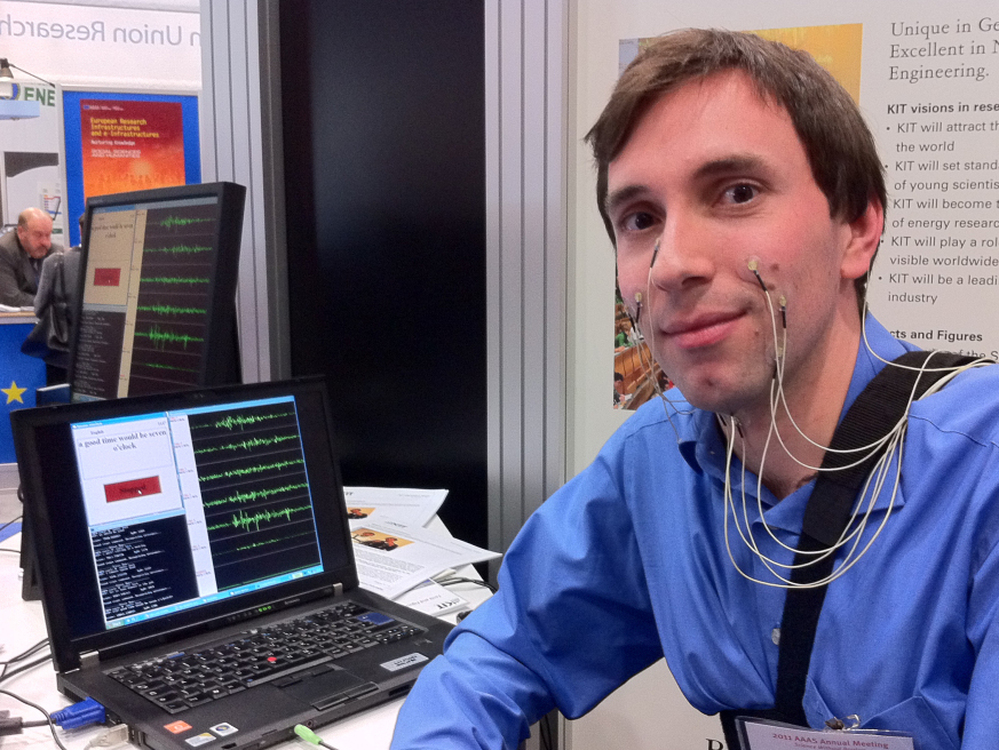Scientists at the University of Michigan have developed a pressure monitor device which can be implanted in an individual's eye ball to track the progress of glaucoma. They claim that it is the world's smallest computer system which is just 1 sq mm in size. This device has been developed by Professors Dennis Sylvester, David Blaauw and David Wentzloff. It is yet to be named.
The device contains an ultra low-power microprocessor, a pressure sensor, memory and a thin film battery. It also consists of a solar cell and a wireless radio with an antenna which can transmit data to an external reader device. This radio does not require tuning to find the right frequency and so it can link to wireless network of computers. To charge the battery, the device requires 10 hours of exposure to indoor light or 1.5 hours of sunlight. Information can be stored in the device up to a week. The device takes measurements every 15minutes and consumes an average of 5.3 nanowatts energy.
Speech Device Gives Hope To Those With No Voice
Recently, at a scientific conference in Washington, D.C., German researchers showed off a technology that might work even better for Keneda — once it's perfected. The system, called EMG-based Silent Speech Recognition, relies on a computer to construct words by reading the muscles in the face.The new Silent Speech Recognition program, which could help people who have lost their voice, was demonstrated by German researcher Michael Wand.The computer designed by him does not listen to the sound of the voice, it translates the muscle movements in ones face into speech via a half-dozen or so wires connecting electrodes on face to a computer. "We certainly hope to market the system, but it will look completely different then, I assure you." says Wand.

The idea is that a person can silently form the words they want to say — not actually speak them — and the computer interprets the muscle movements and turns them into sound. One might say that Wand has taught a computer to read lips.

No comments:
Post a Comment